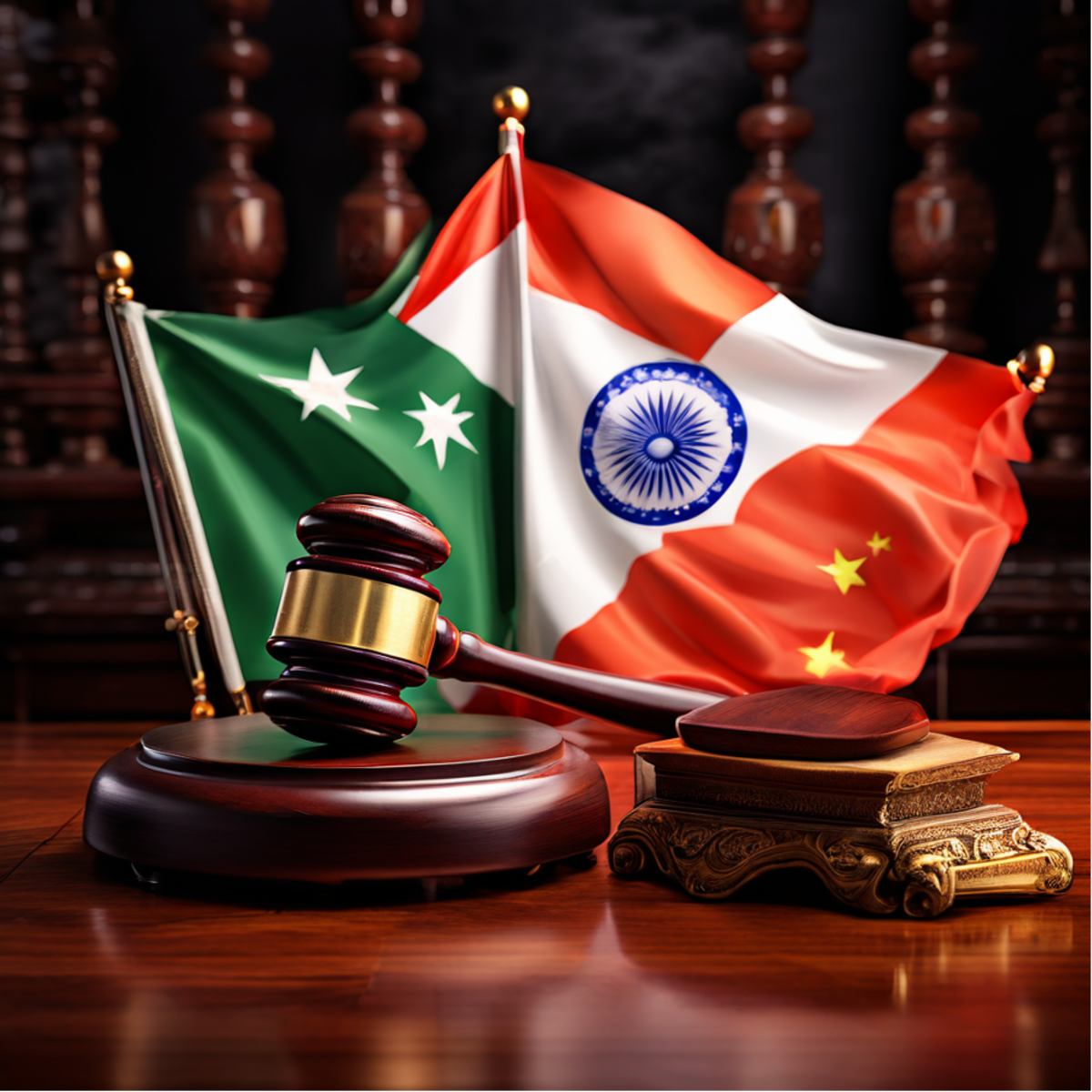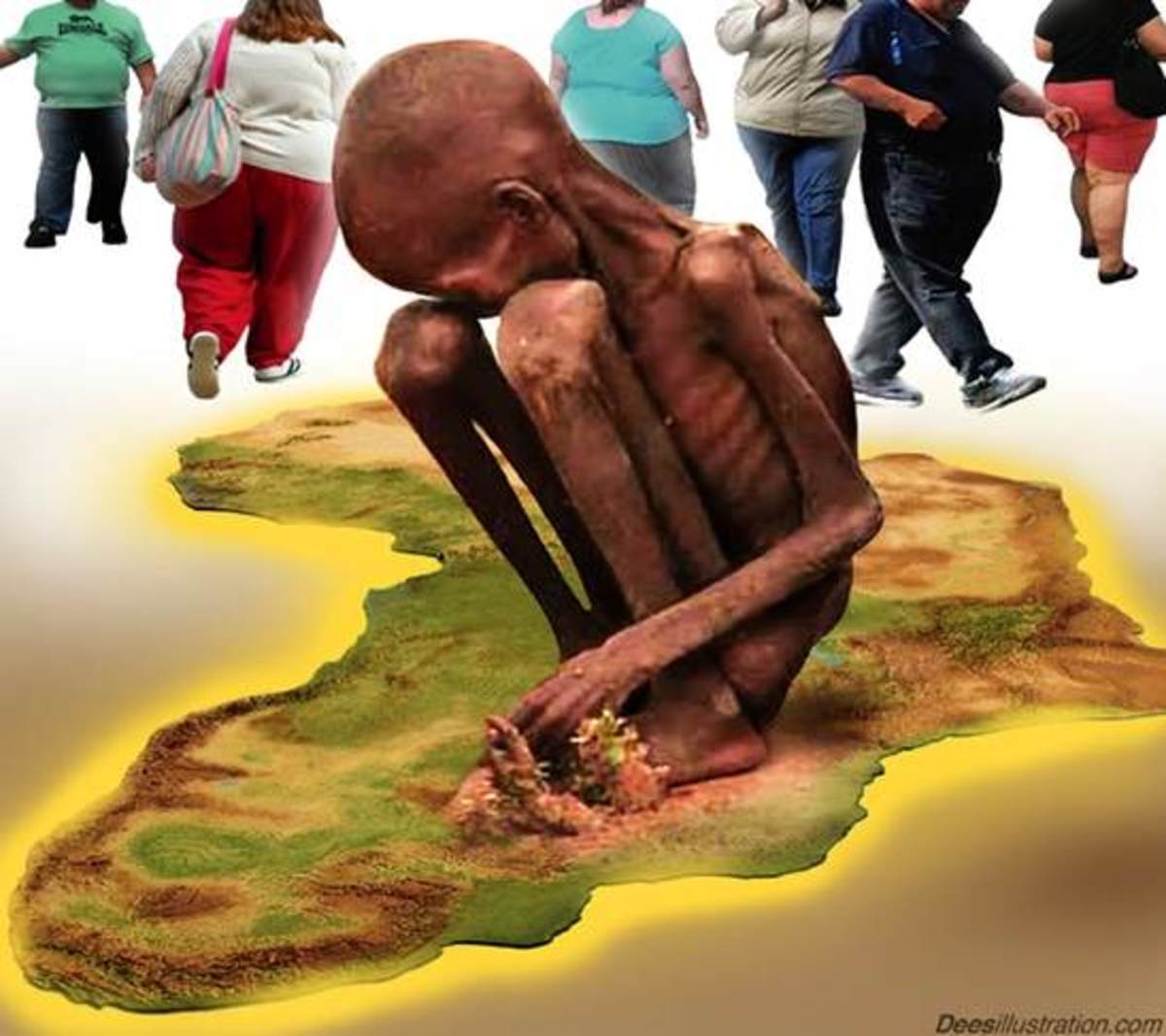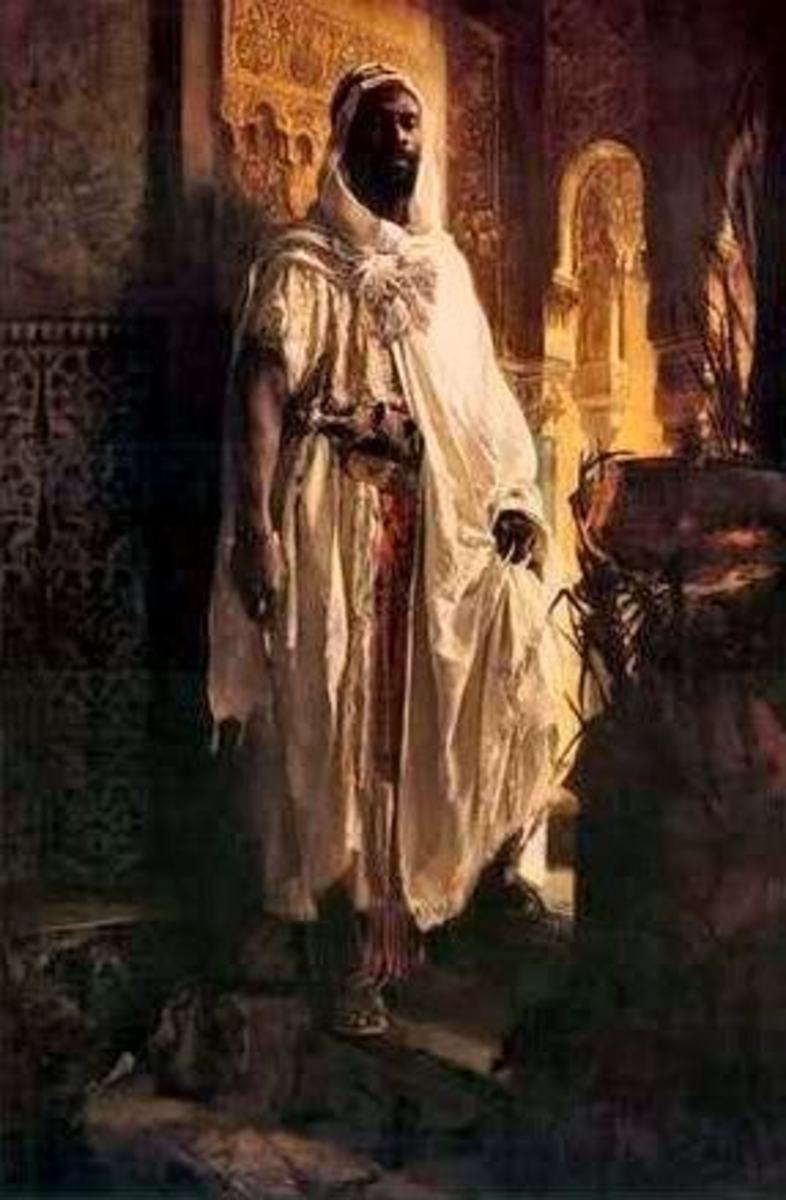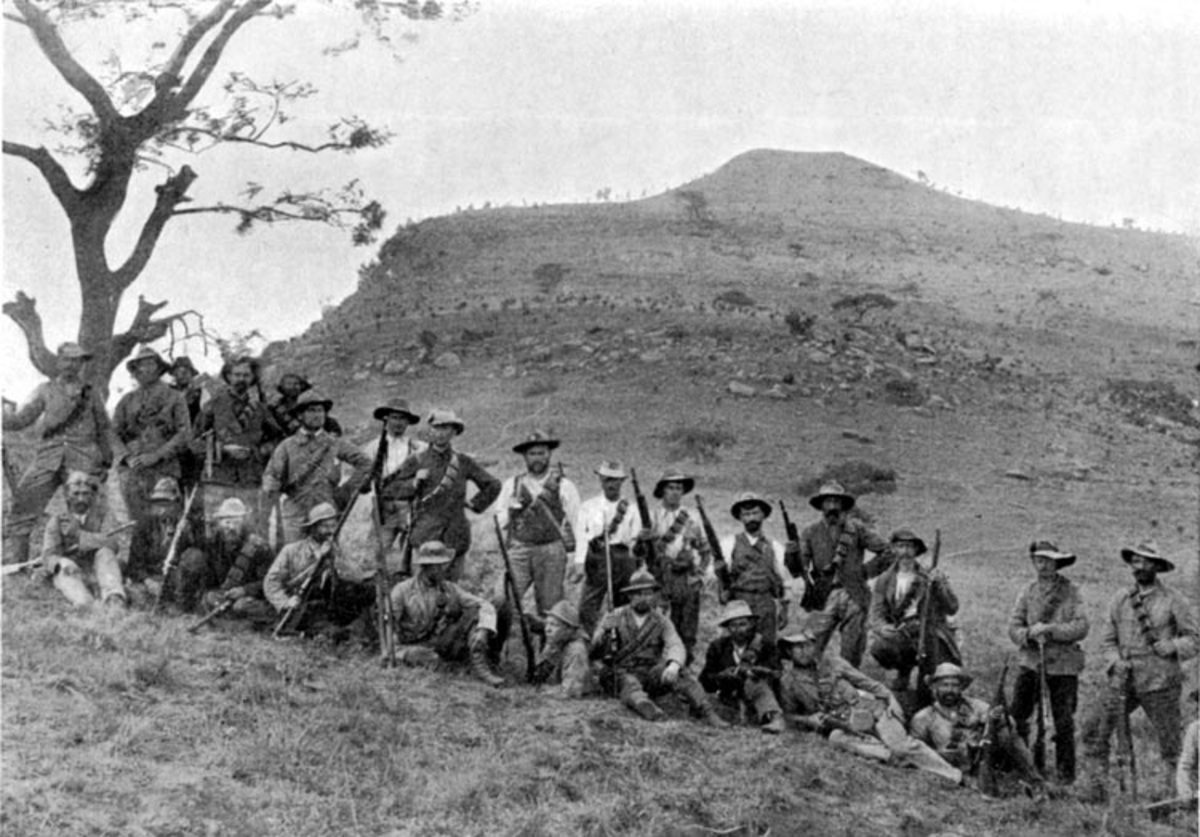Africa People Origin
Africa source

Introduction
The obsession to undertake research on the history of the Atties of Ivory Coast, in particular on their origins and the formation of the people, was born during a study on the history of the settlement of the Côte d 'Ivoire. Ivory.
The subject is an integral part of the concerns that swim in the minds of researchers on the social facts in a cosmopolitan Ivory Coast, so multi-ethnic. This plurality of languages, cultural and religious heritage, and political values was born, on the one hand, in the wake of the great migrations between the eleventh and eighteenth centuries.
To the north-east are the Gurs (Senoufo, Koulango and Lobi); in the north-west, the Krou (Bété, Wè, Dida, ...); to the southeast and to the east, the Akan (Akan lagunaires and Akan sylvestres). On the other hand, from the development of the land of the country, an innovation of French settlers, with the introduction, in the years 1915, coffee and cocoa; which served as a whistle for the call of the Voltaics and other people in the sub region. The population of Côte d'Ivoire was thus made from two major human mobilities. This allows Professor EKANZA to conclude that Côte d'Ivoire is a "land of convergence and welcome".
However, reading the collective work of Professor ALLOU KOUAME and Dr. GNONIN GILBERT, entitled "Ivory Coast: the first inhabitants", gives a new concept to the country's population by inviting to consider a first occupation of "ivory" lands before migrations from the eleventh to the eighteenth century. By adding this last truth, we can affirm that the settlement of Ivory Coast was made following three great periods.
First Statement
These three phases of settlement of the peoples, create confusion between indigenous and foreigners, and the consequences of this situation are more clear on the treatment of the question of national identity, land issues and cultural and religious heritage. It is in this national fog that sociologists, ethnologists, geographers, linguists and historians have invested to shed light on the facts concerning the Ivorian peoples. Indeed, through various works of these specialists, most people have found their origins and have seen the evolution of their way of life.
STATEMENT PROOF
In the east of Côte d'Ivoire, for example, the question has been answered about the origins of the Baoulés, the Agnis and so many others. The historical accounts are all unanimous as to where they come from the Ashanti kingdom.
Thus, we remember that "towards the end of the 17th century, the constant hegemony struggles between the Akan principalities installed in the border zone of Ghana, cause new migrations" (Agnis Sanwi, around 1695, the Agnis N'denié and Bettié, around 1700 with the famous legend on "Abla Pokou").
Sources
These Akan peoples, immigrants between the seventeenth and eighteenth century, "are recognized by a number of cultural traits: a common language, many dialect varieties derived Twi; the system of matrilineal succession, that is to say, in which power or inheritance is transmitted from uncle to nephew; the system of children's names; the choice of the name is made according to two principles (the child receives the name of the day of the week when he was born, this name is doubled of another chosen in the clan of the father); the calendar system which has a month of 42 days; and finally, the highly centralized political system (kingship).
Statement according to People
Thus, in this same zone of the country, not only is the "immobility" of certain groups recognized, but also the origin of others. The first take the name of "first inhabitants" who, according to the authors ALLOU KOUAME and GNONIN GILBERT, do "come from nowhere". They are Ehotile, Agoua, Krobou, ...; the second (Aïzi, Aladjan, Avikam, Adjoukrou, Abidji, Ebrié, ...) share the same origin which is the Côte d'Or.
Belief
They settle in the vicinity of the lagoons and are "today designated as lagoon". They are characterized by traits that are peculiar to them: the political organization of the lagunaries is largely based on the age group they have managed to better organize.
All lagoons have in their calendar a week of six days. By confining themselves to these two figures of the Akan, whose characters are clearly distinguishable in the system of social and political organization, the Atties are objects of contention as to the belonging of one or the other.
From the first research, an observation appears visibly. First, Atties transmit their power according to the system of matrilineal succession; choose the names of their children by doubling the first taken in the calendar, by another chosen in the clan of the father; and their language is derived from the Twi.
They have certain traits characterizing the group of Baoulés, Agnis and Abrons, but can not be identified because of the group's adoption of the highly centralized political system (kingship) and their calendar comprising a month of forty days.
Discovers

Second Statement
Secondly, the political power of the Attiés is limited only to the chieftaincy. The people practice the "Fonkwé", considered as a system of generation and age class. However, the transmission of their power does not happen from generation to generation under the base of dances of generations and age class. In this case, Atties can not belong to the lagoon Akan group.
What we notice
In addition to the problem of belonging to one of the two Akan groups, the period of installation of Atties in eastern Côte d'Ivoire causes a divergence of ideas. Indeed, even if historians can not locate this period during colonization, some think just before, especially in the nineteenth may the people, according to Professor EKANZA, "is the result of a complex brewing".
This prompted Professor LOUCOU Jean Noël to think that "the Baoulés form by interbreeding with the groups originally settled, the Abbey in the region of Agboville and Attiés in that of Adzopé".
However, by reading the collective work of the authors ALLOU and GONNIN, entitled Ivory Coast: the first inhabitants, one realizes that the Attiés "came from the Côte d'Or ..., following the great Ashanti offensive of 1721 ".
Points
This period of the eighteenth century is also contradictions by opening the work entitled Côte d'Ivoire, from yesterday to tomorrow, published in 1979.
There is another period, that before the fifteenth century.
These contradictions cause all the difficulties on the certification of the membership to one or the other Akan group and on the exact period of their installation in the east of the country as well as their zone of origin. How did the Attié people of Côte d'Ivoire come from?
This study was based on research on all three major zones of Attiés: the Southern Atties (Alépé region), the Attiés of the center (Adzopé region) and the Atties of the north (Akoupé region). ).
This extension of the field of research aims to address the history of all Atties and to confront the facts.





